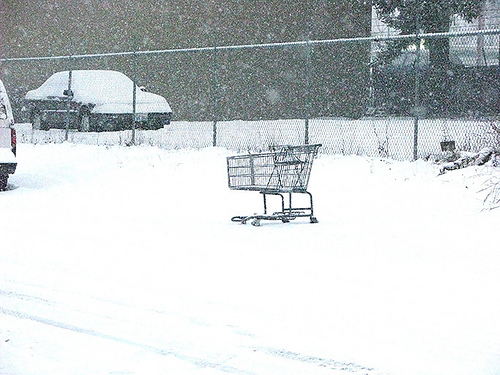Gearing Up For The Holidays: Can Your Hosting Plan Keep Up With The Demand?

Nothing is quite as stomach-wrenching as having a website finally get a big blast of traffic only to have it slow to a crawl or even crash under the sudden load. Customers trying to access the site will find that it’s like going to a store with long lines and few, or even no, cashiers. In fact, they might not even be able to reach the site at all. For the company owner, visions of hundreds of thousands of dollars’ worth of sales going out the window immediately come to mind.

What can be done to avoid this nightmare scenario? Plenty, but that doesn’t mean every site needs to do it all. In reality, every business site has different needs. Therefore, several options are available for handling expected—and unexpected—levels of traffic. Some of these options can keep up with pretty much any demand, while others are more rigid. Here’s an overview of the choices:
This is the standard choice for small websites and new businesses. In general, it provides a reliable experience, but it can’t handle massive demands. Sudden site popularity can even cause you to run over your plan’s bandwidth limit and be taken offline. If you choose shared hosting, avoid the “starter” plans. Go for one of the more robust packages instead.
These servers are much like huge shared hosting plans, but they offer more flexibility in terms of what you can run. Typically, these plans will also offer a more robust amount of bandwidth and processing power. They’re good for sites that have outgrown shared hosting but aren’t quite ready for the next option.
When your site is big enough to use the entire server and all its power, this type of hosting lets you have it. A site that needs dedicated server hosting is usually either highly processing-intensive or very popular. At this level, your site is doing better than the vast majority out there. If you need multiple dedicated and load balancing, you have definitely arrived, at least in terms of traffic.
The reality is that most sites won’t get such a significant rise in holiday traffic that they’ll need a bigger plan. It takes a huge amount of traffic to blow past most bandwidth limits, and with good programming, heavy traffic won’t overload a server’s processing capabilities. On the other hand, sites with highly seasonal products or content can see lag-inducing spikes in traffic during the holiday season. Those who sell flowers, chocolate, jewelry or other highly giftable items should see spikes around other major gift-giving holidays as well. Some sites will also get “struck by lightning,” so to speak, and wind up mentioned on national television due to their success.
For the best return on investment, plan for the scenarios that are likely to happen. Watch your search engine rankings, ad campaigns, and your industry’s normal holiday traffic levels to make a realistic assessment of your needs.
